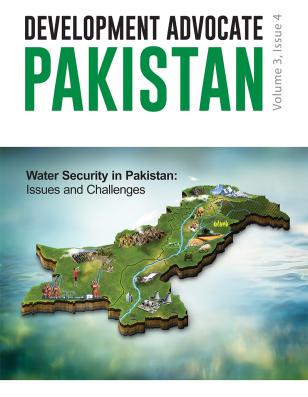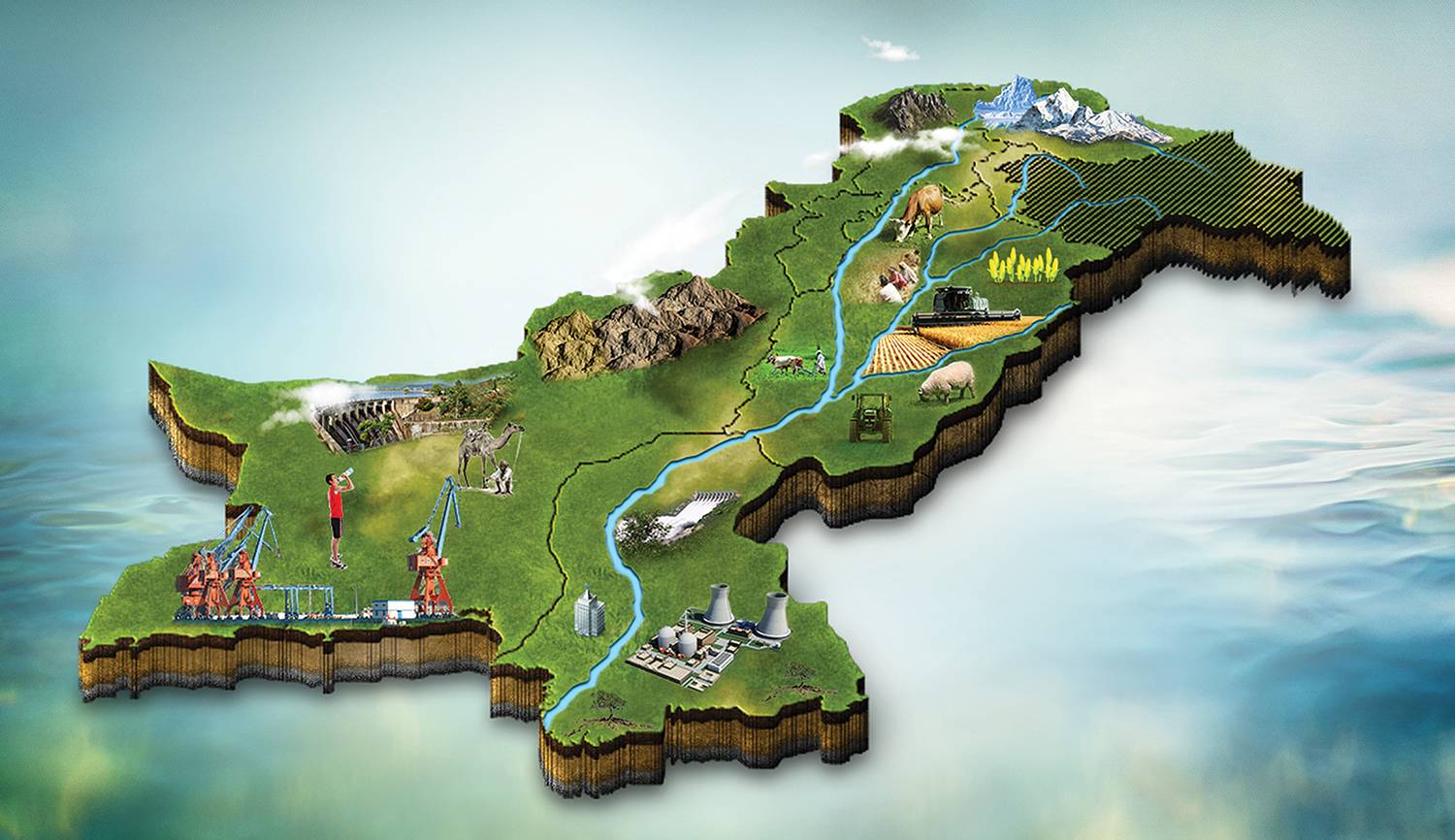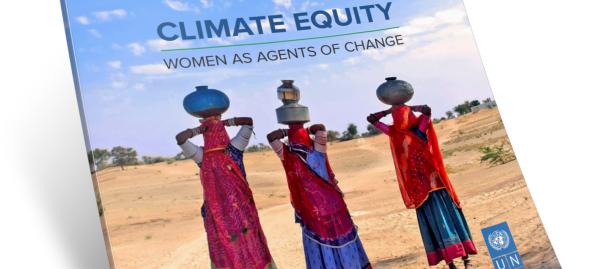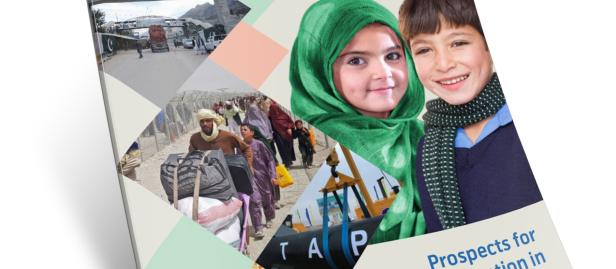Development Advocate Pakistan: Volume 3, Issue 4
Development Advocate Pakistan: Volume 3, Issue 4
January 31, 2017
This quote by the United Nations Secretary-General reflects the critical importance of water as a need that connects all aspects of human life. People’s well-being and their economic development are profoundly linked to the availability and usability of water. Too little water at a time when it is needed most, can mean drought and food insecurity. Too much water—in the form of floods or storms—can devastate an entire population. Contaminated water, whether from human or industrial sources, claims the lives of children and affects the health of communities worldwide, with far-reaching consequences.
It is in the context of this interconnection of water with other development challenges that the Sustainable Development Goals (SDGs) place great emphasis on ensuring availability and sustainable management of water. This includes achieving universal and equitable access to safe and affordable drinking water, sanitation and hygiene for all, and ending open defecation with special attention given to the needs of women and girls. But while that is crucial, especially in Pakistan, water’s place in the SDGs go well beyond access—taking into account critical issues such as integrated water resources management, efficiency of use, water quality, transboundary cooperation, water-related ecosystems and water-related disasters.
Water associated problems are amongst the key challenges faced by Pakistan. Pakistan’s water profile has changed drastically from being a water abundant country, to one experiencing water stress. Between 1990 and 2015, per capita water availability declined from 2,172 cubic metres per inhabitant, to 1,306 cubic metres per inhabitant. Pakistan extracts 74.3 percent of its freshwater annually, thereby exerting tremendous pressure on renewable water resources. Despite remarkable improvements in the proportion of the population using improved water sources and improved sanitation facilities, 27.2 million Pakistanis do not have access to safe water and 52.7 million do not have access to adequate sanitation facilities. The repercussions on health are severe: an approximate 39,000 children under five die every year from diarrhoea caused by unsafe water and poor sanitation. Furthermore, with the increasing burden on water resources, threats will increase to Pakistanis’ well-being from unsafe or inadequate water supplies.
Increasing demand for water and its erratic supply together are resulting in water shortages. Population growth, rapid urbanization, water-intensive farming practices and industrialization all contribute to Pakistan’s increasing demand for water. Simultaneously, the supply side is hampered by climatic changes that have made rainfall more erratic, leading to floods in some years and droughts in others. Excessive pumping of groundwater has raised major concerns over its sustainability. Poor water infrastructure including limited storage capacity and inadequate lining of canals further compounds the situation of water availability. Pollution of available resources mainly due to contaminated agricultural run-offs and untreated industrial and household waste being dumped in water courses, is another factor leading to dwindling freshwater supplies.
Over the years, there were several attempts at both the Federal and provincial levels to delineate the government’s commitment towards combating water issues. The National Climate Change Policy, for example, has provided appropriate action plans focusing on enhancing water storage and infrastructure, better water resource management, enhancing institutional capacities and creating awareness. However, more is needed in terms of implementation. Since the commissioning of the Mangla and Tarbela dams in the 1960s and 1970s respectively, Pakistan has not developed any major water storage infrastructure. Consequently, water storage capacity has often receded to less than 30 days against the minimum requirement of 120 days. Successful initiatives do exist, such as the ‘Clean Drinking Water for All’ project launched in Punjab, providing clean drinking water through the installation of water filtration plants, but major initiatives for provision of water and sanitation remain limited.
Addressing water issues requires interventions at individual and state levels, focusing on both demand and supply. At an individual level, households and industries need to use water more efficiently and judiciously. This also holds true for the agriculture sector, whereby flood irrigation and plantation of water-intensive crops should be controlled and regulated. In this regard, public education campaigns that focus on enhancing water usage awareness will be helpful. At a broader level, an integrated water management system is needed that promises efficient water distribution for all sub-sectors. This needs to be formally entrenched through an effective institutional and legal system. While water-related issues have been discussed as part of the National Climate Change Policy and National Drinking Water Policy, a holistic national water policy is required. Water pricing to promote efficient use of water, building water storage infrastructure to store excess water, enforcing strict water quality management systems to curb water pollution, controlling population growth and adopting a sustainable pattern of urbanization, are all major issues that require immediate attention if Pakistanis are to have access to the water they need in the future. Bold actions are needed to address this water crisis, otherwise not only will Pakistan not meet the SDGs on water, but its future development will be hampered.
- Secretary-General’s remarks to opening ceremony of High-Level International Conference on Implementation of International Decade for Action "Water for Life
- FAO ACQUASTAT
- FAO ACQUASTAT
- PSLM 2016
- WaterAid Pakistan
- World Bank, Better Management of Indus Basin Waters Strategic Issues and Challenges
Feedback Evaluation for Development Advocate Pakistan:
We are conducting a review of Development Advocate Pakistan in order to assess its impact over its first two years of being published. We request you to take out ten minutes from your valuable time and fill the online feedback evaluation form available at:
Read online
Read online in Urdu

 Locations
Locations




